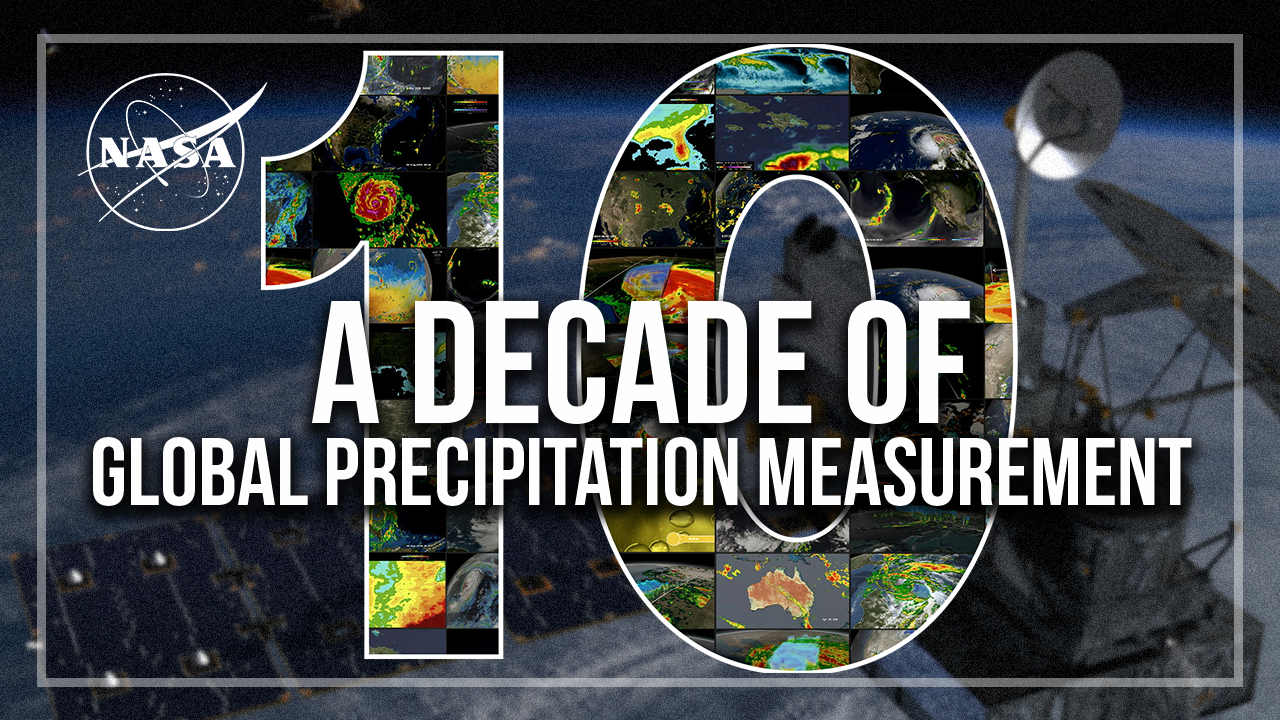India Monsoon - July 2014
Animation of a monsoon over the western coast of India on July 28th, 2014. As the camera moves in, a cutting plane reveals the inner structures of the storm.
GPM scanned this storm structure over the western coast of India on July 28th, 2014 at 03:58 UTC. The most intense sections of the storm with the heaviest rainfall are shown in dark red. Three days later, on July 31st, a deadly landslide occurred in the same region.
Scientists are currently studying heavy precipitation events such as this one in order to better predict landslides in the future.
The GPM Core Observatory carries two instruments that show the location and intensity of rain and snow, which defines a crucial part of the storm structure – and how it will behave. The GPM Microwave Imager sees through the tops of clouds to observe how much and where precipitation occurs, and the Dual-frequency Precipitation Radar observes precise details of precipitation in 3-dimensions.

Color bar for frozen precipitation rates (ie, snow rates). Shades of cyan represent low amounts of frozen precipitation, whereas shades of purple represent high amounts of precipitation.

Color bar for liquid precipitation rates (ie, rain rates). Shades of green represent low amounts of liquid precipitation, whereas shades of red represent high amounts of precipitation.
Credits
Please give credit for this item to:
NASA's Scientific Visualization Studio
-
Visualizers
- Kel Elkins (USRA)
- Alex Kekesi (Global Science and Technology, Inc.)
-
Scientists
- Dalia B Kirschbaum (NASA/GSFC)
- Gail Skofronick Jackson (NASA/GSFC)
- George Huffman (NASA/GSFC)
-
Producer
- Ryan Fitzgibbons (USRA)
Release date
This page was originally published on Thursday, November 19, 2015.
This page was last updated on Sunday, January 5, 2025 at 10:57 PM EST.
Missions
This page is related to the following missions:Datasets used
-
Rain Rates (Surface Precipitation) [GPM: GMI]
ID: 822Credit: Data provided by the joint NASA/JAXA GPM mission.
See all pages that use this dataset -
Volumetric Precipitation data (Ku) [GPM: DPR]
ID: 830Credit: Data provided by the joint NASA/JAXA GPM mission.
See all pages that use this dataset
Note: While we identify the data sets used on this page, we do not store any further details, nor the data sets themselves on our site.
